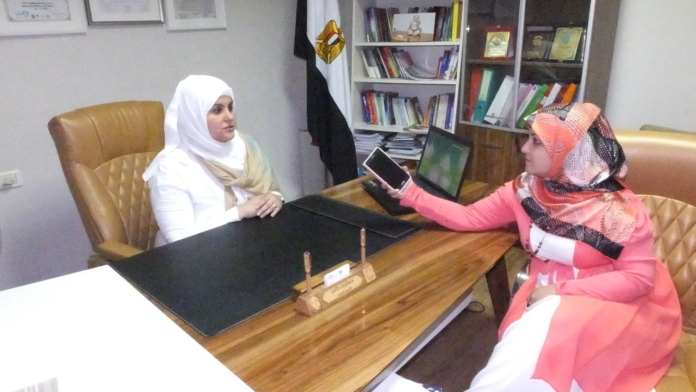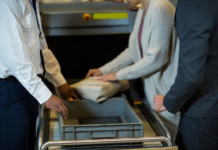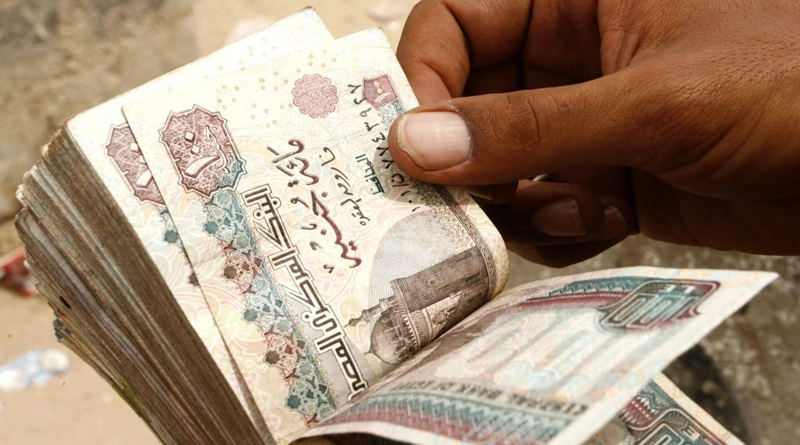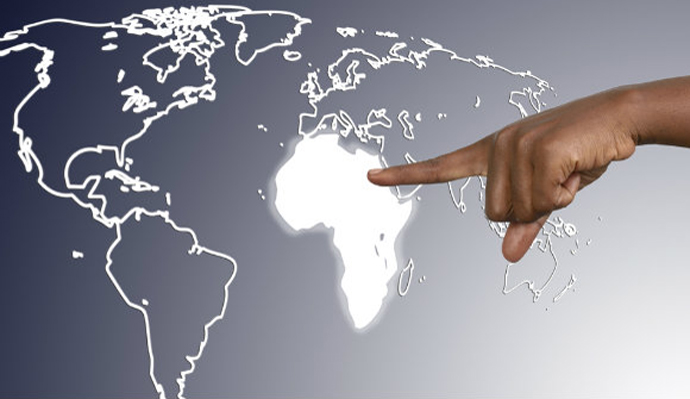When financial crises intensified during World war II on parents in Italy, they rushed into working more, leaving their children and those with special needs to Maria Montessori. She took care of them and established a system similar to a school system, where children meet for long hours every day, not knowing that her efforts will mark the launch of a new curriculum for children. “Maria Montessori,” whose motherhood, patience and the love for the children can not be described in words, even though she was the first doctor in her village, yet, her care for developing and educating young people resulted in the establishment of the educational method reffered to as “Montessori”.
The method adopted is established based on the observation approach, where she writes her observations daily on the behavior of each child, and found that there are repeated behaviors of children, which helped her to create a range of activities that help the child to rely on himself at an early age (2-4 years), we find the child learns through the work on these activities everything, this was closer to the so-called meaningful game, which leads to the teaching of behaviors and the possibility of modifying them and acquire different skills and knowledge.
The children practiced these activities through a set of special tools designed by Montessori for its curriculum, it is called the “Montessori” tools, they are games, but they are quite different from common skill development games and tools.
Montessori, , has been able to apply its approach to some other countries, until it settled in India and gained its international fame from there.
We had a meeting with “Dr. Heidi Taher” International Trainer for the British MMI approach, and Chairman of the Board of Directors of Elite Gates Foundation (EGF) for training & consulting to explain more regarding the “Montessori” tools and method and how can it serve the country’s current investments into education.
-What is the philosophy and principles of the Montessori approach?
– The philosophy of this approach is that the child is able to learn everything by their innate potential through observation, there is no need for a parent to teach the child many things, it is not his responsibility to feed children with information, but his responsibility lies in setting a safe environment around the child, for example, the child (2-4) years depends in learning on his five senses, the guardian must prepare the environment around the child by standards that respect his freedom of movement without getting hurt, and within this environment appropriate tools for his age and psychological, physical and mental skills development, this is the ideal role for the parent rather than the usual role played by parents.
As for the teacher in the school of Montessori, he must provide activities for each child in a way that is sometimes silent and always slow to give the child the opportunity to learn through his/her five senses.
What are the stages of educational growth by Montessori?
The Montessori divides stages of growth in childhood to a stage of (2-4 years), a stage (4-6 years), and a stage of (7-9 years) for early childhood, Maria Montessori sees that having more than one age in a single chapter makes the older child help the younger and bear his responsibility, at the same time, the youngster learns from the elder faster than he learns from his parents, this is done with the need to provide security and safety precautions as well as providing tools that address each age to achieve the benefits targeted, the presence of an older child with a younger one in the same class also affects both their academic achievements.
Are the classrooms in Montessori schools different from other educational schools?
– Yes, the classes differ from any other classes, for the Montessori method, it is essential to have plenty of empty space around the classroom, the children’s chairs and table are designed with special designs and colors, the color of the wall should be light, not many posters on the wall, color of the floor and curtains should also be plain, keeping wood as natural as possible, because we try to provide the child with a calm atmosphere free from distractions, so that he/she can focus on their work and other activities of Montessori. It is also possible for children to listen to slow music, so the child enters into a state of meditation during his work and concentration while playing with the Montessori tools, this is useful in raising a quiet, non-aggressive child, and the teacher of the Montessori method can apply the approach efficiently in such an environment to the child to modify and change their negative behaviors easily.
One of the main characteristics of the Montessori method is that the child has the freedom of movement to go wherever he wants inside the room, and works with his peers collectively at any time, contrary to our usual Egyptian classes that force the child not to talk to his colleagues and commit to silence in the classroom.
What is the average price of “Montessori” tools and is it proportional to the average income of individuals?
The fact is prices of the Montessori tools is high and above average individual income as it is mostly imported, while local manufacturing quality is low, therefore, I call upon national businessmen, or young enterpreneures who are keen to do something useful to the nation as well as establish a new business to adopt the idea of establishing factories specialized in the manufacture of Montessori tools, most of which are wooden tools that require laser equipment and special quality paints, actually Egyptian minds can create a diversity of products that can feed in the local market needs and expand into exports by establishing a production line for the Montessori tools instead of importing them. In fact, small-scale entrepreneurs who are now turning to the Montessori approach by setting up nurseries that support it face the problem of high prices for these tools, bearing in mind the quality and standards of the required tools to succeed into building a successful business project.
We must look at the needs of children from 0-6 years, because this is the real stage of building the personality foundations of our children for whatever planted over the first six years of his life will remain in their subconscious forever. As the political direction is now towards developing be education, curriculum development and the introduction of new teaching methods for children, I think leaders need to speed up the steps to achieve a balanced and well developed curriculum for this stage that may be standardized along with the ability to include all children within this age fraction into an education path as it is the most essential stage to build up our new generation, while allows time along the coming years to develop the latter stages.















